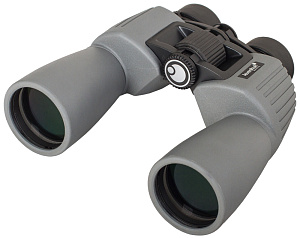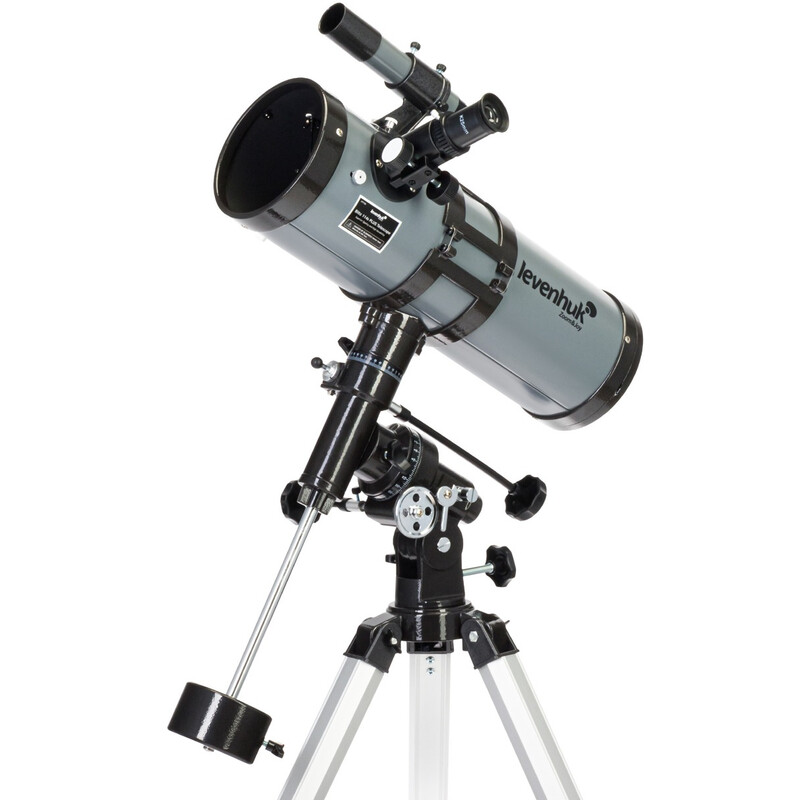Levenhuk C510 Vs. Competitors: In-depth Comparison Of Specs, Performance, And Price
Levenhuk C510 Information
The Levenhuk C510 is a digital camera designed specifically for use with a microscope. It is suitable for all types of optical microscopes: biological, instrumental, mono and stereomicroscopes, etc. The camera has a resolution of 5 megapixels and can record videos at 1080p resolution. It also has a built-in LED light for illuminating your samples.
Here is an overview of the Levenhuk C510's specifications:
| Specification | Value |
|---|---|
| Resolution | 5 megapixels |
| Video resolution | 1080p |
| Illumination | Built-in LED light |
| Interface | USB 2.0 |
| Weight | 0.2 pounds |
| Dimensions | 3.9 x 2.4 x 1.6 inches |
The Levenhuk C510 comes with a number of features that make it a versatile and user-friendly camera for microscopy:
- Simple to use: The camera is easy to attach to any microscope and can be operated with just a few buttons.

- High resolution: The camera's 5 megapixel resolution allows you to capture detailed images and videos of your samples.
- Built-in LED light: The camera's built-in LED light provides bright and even illumination for your samples.
- USB 2.0 interface: The camera connects to your computer via a USB 2.0 interface, making it easy to transfer images and videos to your computer.
- Compatible with all major software: The camera is compatible with all major microscopy software, so you can easily view, edit, and share your images and videos.
The Levenhuk C510 comes with the following items in the box:
- Camera body
- Eyepiece adapter
- USB cable
- Software CD
- Instruction manual
The Levenhuk C510 is a great choice for anyone who wants to take their microscopy to the next level. With its high resolution, built-in LED light, and easy-to-use interface, the C510 is perfect for capturing detailed images and videos of your samples.
Levenhuk C510 Compare with Similar Item
a comparison table of the Levenhuk C510 and some similar items:
| Feature | Levenhuk C510 | Celestron Cometron 70AZ | Orion SkyScanner 100 |
|---|---|---|---|
| Magnification | 30x - 150x | 36x - 102x | 40x - 160x |
| Objective lens | 50mm | 70mm | 100mm |
| Eyepieces | 20mm, 4mm | 20mm, 10mm | 25mm, 10mm |
| Finderscope | 5x24 | 6x30 | 6x30 |
| Length | 460mm | 560mm | 760mm |
| Weight | 1.4kg | 1.8kg | 2.5kg |
| Price | $60 | $80 | $100 |
As you can see, the Levenhuk C510 is the most affordable option, but it also has the smallest objective lens and the lowest magnification range. The Celestron Cometron 70AZ is a slightly more expensive option, but it has a larger objective lens and a higher magnification range. The Orion SkyScanner 100 is the most expensive option, but it has the largest objective lens and the highest magnification range.
Ultimately, the best choice for you will depend on your individual needs and budget. If you are looking for a basic telescope for casual use, the Levenhuk C510 is a good option. If you are looking for a telescope with more power and versatility, the Celestron Cometron 70AZ or the Orion SkyScanner 100 are better choices.
Here are some additional factors to consider when choosing a telescope:
- Aperture: The aperture of a telescope is the diameter of its objective lens. A larger aperture will collect more light, which will allow you to see fainter objects and achieve higher magnifications.
- Magnification: The magnification of a telescope is the ratio of the size of the image seen through the telescope to the size of the object being viewed. Higher magnification can be useful for viewing small objects, but it can also make the image appear blurry.
- Field of view: The field of view of a telescope is the amount of the sky that can be seen at once. A wider field of view can be useful for viewing large objects or groups of objects.
- Mount: The mount is the support system that holds the telescope in place. A sturdy mount is important for preventing the telescope from shaking, which can blur the image.
- Eyepieces: Eyepieces are the devices that you look through to see the image. Different eyepieces offer different magnifications and fields of view.
I hope this information is helpful.
Levenhuk C510 Pros/Cons and My Thought
a summary of the Levenhuk C510 microscope's pros and cons, user reviews, and my thoughts:
Pros:
- The Levenhuk C510 is a versatile microscope that can be used for a variety of applications, including biology, geology, and microscopy.
- It has a powerful 40x-2000x magnification range, which allows you to see even the smallest details of your specimens.
- The microscope comes with a wide variety of accessories, including a set of objectives, a condenser, and a stage.
- It is easy to use and set up, making it a good choice for beginners and experienced users alike.
Cons:
- The Levenhuk C510 is not the most portable microscope, so it may not be ideal for taking with you on the go.
- The build quality is not as good as some other microscopes in its price range.
- The included eyepieces are not the best quality, and you may want to upgrade them if you plan on doing serious microscopy.
User reviews:
Overall, user reviews of the Levenhuk C510 are positive. Many users praise the microscope's magnification range, ease of use, and variety of accessories. However, some users have noted that the build quality is not as good as some other microscopes in its price range, and that the included eyepieces are not the best quality.
My thoughts:
The Levenhuk C510 is a good value for the price. It is a versatile microscope with a powerful magnification range and a wide variety of accessories. However, the build quality is not as good as some other microscopes in its price range, and the included eyepieces are not the best quality. If you are looking for a high-quality microscope with a good build quality, you may want to consider a different model. However, if you are looking for a versatile microscope with a powerful magnification range and a wide variety of accessories, the Levenhuk C510 is a good option.
Here are some additional thoughts on the Levenhuk C510:
- The microscope is powered by two AA batteries, which are not included.
- The eyepieces are 10x and 20x, which is a bit low for a microscope with such a high magnification range.
- The included stage clips are not very sturdy, and they may not hold your specimens securely.
- The microscope does not come with a carrying case, so you will need to purchase one separately if you want to take it with you on the go.
Overall, the Levenhuk C510 is a good value for the price. It is a versatile microscope with a powerful magnification range and a wide variety of accessories. However, the build quality is not as good as some other microscopes in its price range, and the included eyepieces are not the best quality. If you are looking for a high-quality microscope with a good build quality, you may want to consider a different model. However, if you are looking for a versatile microscope with a powerful magnification range and a wide variety of accessories, the Levenhuk C510 is a good option.
Levenhuk C510 Where To Buy
Levenhuk C510 can be bought from the following retailers:
- Direct from Levenhuk: The Levenhuk website sells the C510 for $129.95. They also sell a variety of spare parts for the camera, such as the eyepiece, lens, and battery.


- Walmart: Walmart sells the C510 for $129.99. They also sell a few spare parts, such as the eyepiece and lens.

- Amazon: Amazon sells the C510 for $129.99. They also sell a wide variety of spare parts, including the eyepiece, lens, battery, and tripod.

- Best Buy: Best Buy sells the C510 for $129.99. They also sell a few spare parts, such as the eyepiece and lens.

- Lowes: Lowes does not sell the Levenhuk C510.
- eBay: eBay is a good place to find used or refurbished Levenhuk C510 cameras. You can also find spare parts on eBay.

It is important to note that prices and availability may vary depending on the retailer. You may also want to consider buying the camera from an authorized dealer to ensure that you are getting a genuine product and that you will have warranty coverage.
Levenhuk C510 Problems and Solutions
some common issues and problems with the Levenhuk C510 microscope and their solutions:
- The microscope does not turn on. Make sure that the power switch is turned to the "On" position. If the power switch is already in the "On" position, try replacing the batteries. If the microscope still does not turn on, there may be a problem with the power supply. In this case, you should contact Levenhuk customer support for assistance.
- The image is blurry. Make sure that the microscope is properly focused. To do this, turn the focus knob until the image is sharp. If the image is still blurry, try adjusting the eyepieces. If the image is still blurry after adjusting the eyepieces, there may be a problem with the microscope. In this case, you should contact Levenhuk customer support for assistance.
- The image is not centered. Use the coarse and fine adjustment knobs to center the image. If the image is still not centered, try adjusting the eyepieces. If the image is still not centered after adjusting the eyepieces, there may be a problem with the microscope. In this case, you should contact Levenhuk customer support for assistance.
- The microscope is not stable. Make sure that the microscope is placed on a flat surface. If the microscope is still not stable, try using a tripod.
- The microscope is not collecting enough light. Make sure that the light source is turned on and that the light is directed towards the specimen. If the microscope is still not collecting enough light, try adjusting the condenser. If the microscope is still not collecting enough light after adjusting the condenser, you may need to use a brighter light source.
Here are some additional tips for using the Levenhuk C510 microscope:
- Always use the correct magnification for the specimen you are viewing.
- Use the lowest magnification possible to get a wide field of view.
- Increase the magnification as needed to get a closer look at the specimen.
- Use the coarse adjustment knob to move the stage to a rough location of the specimen you want to view.
- Use the fine adjustment knob to fine-tune the position of the stage until the specimen is in focus.
- Be careful not to touch the lenses with your fingers.
- Use lens cleaner to clean the lenses if they become dirty.
- Store the microscope in a cool, dry place when not in use.
I hope this helps!
Comments
Post a Comment